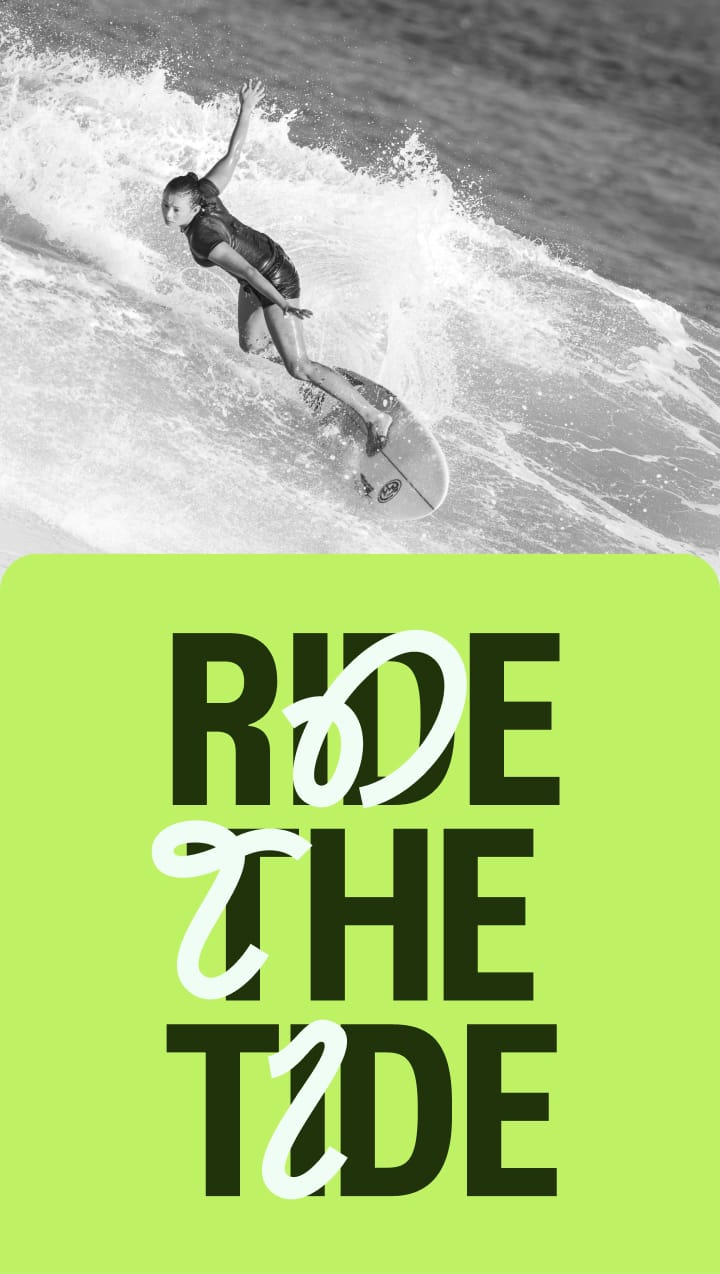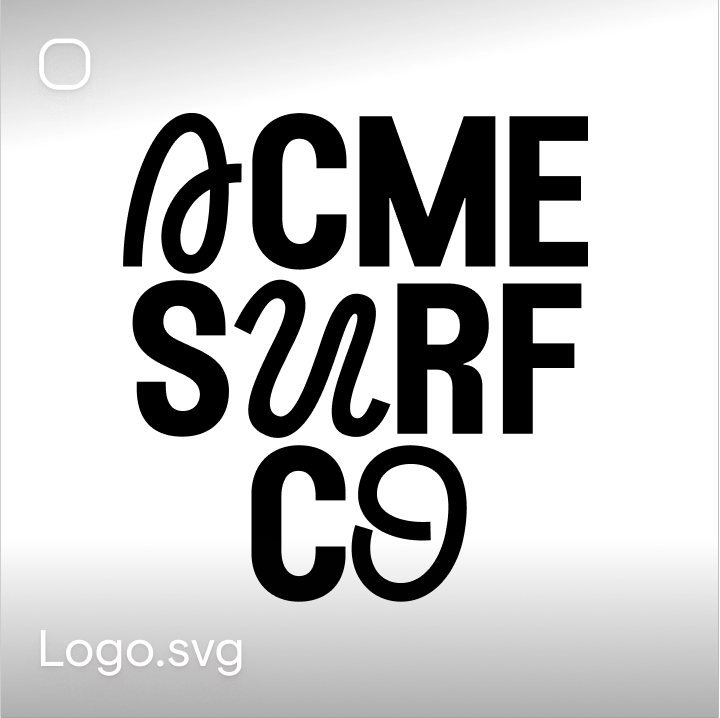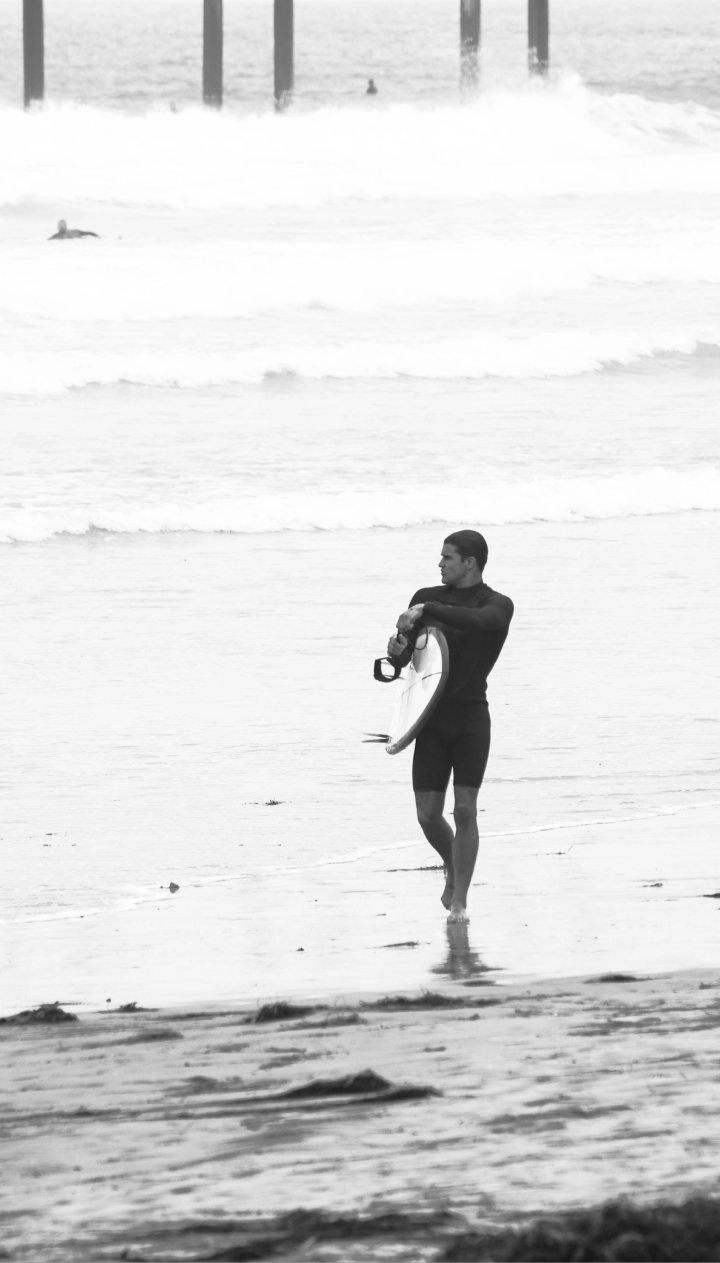Introduction
Performance-driven advertisers such as gaming companies and DTC brands require large volumes of ad creative to test and iterate with in order to reach the best possible performance. This is where creative agencies can be of tremendous help. They bring a blend of innovation, strategic thinking, and artistic excellence to the table, helping brands to cut through the noise and make a lasting impression.
However, successful collaboration depends on more than just hiring a creative team; it requires following best practices and leveraging the right tools. In this guide, we'll delve into the key strategies for working with creative agencies, ensuring that your partnership yields the best possible outcomes.
1. Establish Clear Goals and Objectives
The first step in successfully working with creative agencies is setting clear goals and objectives. Understanding what you want to achieve is crucial - be it increasing brand awareness, driving sales, lowering customer acquisition cost, or launching a new product. This clarity allows the agency to tailor their creative efforts specifically to your needs, ensuring that content and campaigns align with the essential KPIs and targets.
2. Selecting the Right Creative Agency
Not all creative agencies are created equal, and finding the one that aligns with your vision and values is key. Research potential partners thoroughly:
- Examine the creative agency’s past work: Is the quality good and have they worked with your specific industry in the past?
- Look at client testimonials: Are recent ones available and what do customers say are the creative agency’s strong points?
- Research agency’s areas of expertise: Not every agency does everything well. Some might be focused more on customer acquisition, some on memorable branding campaigns. Choose agencies that provide expertise that you need specifically – and consider working with multiple agencies if you have several different needs.
- Research how data-driven they are: While this can be hard to identify beforehand, try to get a sense of the role data plays in the creative agency’s decision making. Ask them some open ended questions: How do they determine a winning creative concept? Are they willing to quickly kill or reiterate creative concepts that do not work? Are they more focused on creating a limited set of assets that look extremely polished, or are they willing to produce rougher-looking assets in higher volumes to generate learnings?
Digital advertising changes rapidly. An agency that understands your industry, can demonstrate recent success, and specializes in the kind of creative you require will be able to produce work that resonates more deeply with your target audience, thus getting better results.
3. Foster Open Communication and Standardize Briefing Processes
Effective communication is the backbone of any successful partnership. Establishing regular check-ins and updates can help keep projects on track and allow for timely adjustments. Providing clear, constructive feedback is essential. It’s important to articulate what you like, what you don’t, and why, enabling the agency to refine their work to better meet your expectations.
You should also set up a standardized briefing process with the creative agency as this makes building new campaigns and assets much faster. An experienced creative agency usually has templates available for this that you can adapt based on your needs, speed of delivery, etc.
In order to have effective feedback and briefing processes, using the right tools is also extremely important.
4. Leverage the Right Tools for Better Creative Agency Collaboration
Leveraging the right tools can make a significant difference in the efficiency and effectiveness of your collaboration with creative agencies. Here are some essential tools to consider.
Creative and Video Review Tools
At small creative volumes, Google Drive or Dropbox can easily be used for hosting creatives and creative reviews can be handled with simple comment sheets for example. However, when volumes start increasing, onboarding a review tool like Frame.io is usually a good idea to centralize creative feedback (especially for video since they allow commenting specific timestamps of videos, etc.).
However, the limitation of these tools is that while they are handy for centralizing creative feedback, they do not track deliverables or make the handling of a large amount of files easier. This is where Digital Asset Management platforms like Focal come into the picture.
Digital Asset Management (DAM) Platforms
While simple file sharing solutions like Dropbox or Google Drive can get you started, once creative volume starts becoming even somewhat substantial, you should consider onboarding a Digital Asset Management (or DAM) platform.
A DAM platform enables you to efficiently collaborate with the creative agency, and to organize, manage, and distribute the digital assets. Performance advertisers, such as most direct to consumer (DTC) brands or gaming companies, should take one step further and look into more specialized, performance-oriented DAM platforms such as Focal when working with a creative agency.
Performance DAMs like Focal allow you to label and break down the components of each ad (such as video hooks), and to look at the performance data of each ad variant. Thanks to these capabilities, a performance DAM allows you to see which of the assets the creative agency has produced actually bring the best results, so you can guide their future work more effectively. These insights also have a tremendous effect on iteration speed, letting you substantially increase the volume of meaningful creative output.
Project Management and Collaboration Tools
Keeping projects on track is crucial when working with external partners and large creative volumes. Focal can help you easily track new creative concepts, share files and collaborate seamlessly with your creative agency.

General project management tools such as Asana or Monday.com can also be very helpful and Slack can facilitate better shared communication with external partners through Slack Connect, which allows you to have shared channels with people outside your organization.
5. Collaborate on Strategy
Your creative agency should be more than just an executor of ideas; they should be a strategic partner. Involving your agency early in strategic discussions can bring a fresh perspective and contribute to more innovative and effective campaigns.
Share your market research, customer insights, and any relevant data that can inform the creative process. The sign of a great creative agency is that they ask for this data without you even offering it. They should also be willing to challenge your insights and assumptions - not simply going with what you suggest.
6. Trust Their Expertise
While it’s important to provide direction and maintain brand consistency, allowing your creative agency the freedom to explore innovative ideas is crucial. Creative professionals thrive on the ability to push boundaries and try new things. Trusting their expertise and being open to unconventional ideas can lead to breakthrough campaigns that set your brand apart.
7. Working with Multiple Creative Agencies at the Same Time
It might be beneficial to work with multiple creative agencies simultaneously. Common situations where this makes sense are:
- Specialization in different areas: Not all creative agencies focus on the same things or are equally good in all areas. Some are more oriented towards branding vs. direct response, some specialize in animation vs. live action video, and so on.
- Access to exclusive talent: A certain agency might have access to exclusive talent such as specific influencers or a larger number of creators on a specific platform in specific countries. For example, you might need to work with a different agency in the US and Germany if you want to get local influencer or UGC content for both markets.
- You want to test creative agencies against each other: Just because you provide several creative agencies the same creative brief does not mean they will produce identical content or results. It might be extremely useful to hire multiple creative agencies at once and then see which agency’s creative direction results in the best results in the long run. This process can also be repeated periodically.
This approach can offer a breadth of creative input and expertise but also presents unique challenges in coordination and consistency.
- Clear Communication: Establish a central point of contact or a project manager to coordinate between agencies and ensure that all parties are aligned on goals, timelines, and brand messaging.
- Unified Strategy: While each agency brings its own set of skills, it's crucial that all efforts contribute towards a cohesive strategy. Regular strategy sessions involving all agencies can help maintain this alignment.
- Integration tools: Utilize project management and communication tools to keep everyone on the same page. Shared calendars, task lists, and document storage can facilitate smoother collaboration. Focal is a great tool for working with multiple agencies as it allows you to review, iterate, store and distribute the work of several creative agencies all on one platform.
- A tight feedback loop is required: When working on performance assets, you need to find a way to continuously send back learnings and performance data to the creative agency. There needs to be a process for this, for example through shared dashboards or access to ad platform reports, so the agencies can always see what has worked and can then aim to gradually improve performance over time.
8. Conclusion
Working with creative agencies has several benefits from accessing specialized skills and expertise to injecting fresh, innovative ideas into your marketing efforts. The success of such collaborations hinges on more than just the creative prowess of the agency; it requires a strategic approach, clear communication, mutual trust and the right tools.
By following these best practices and leveraging the right tools for collaboration, businesses can foster productive, rewarding partnerships with creative agencies, driving their brands towards greater visibility, engagement, and growth.
Why Use Focal When Working With Creative Agencies?
Focal is the performance-oriented DAM platform for creative agency collaboration, allowing you to ship effective ads 10 times faster, helping improve campaign performance.
Focal makes it easy to consolidate work with multiple external partners under one roof. Visual creative boards help you keep track of all deliverables, and all creative feedback and approvals can be handled in one place. Once approved, assets are consolidated in the Focal asset library, where you can apply automatic naming conventions and build an efficient hand-off process to the marketing team.
If you wish to get started using Focal, simply follow the link below.
What is Focal?
Focal is a creative asset management platform perfect for asset-heavy teams. With Focal, you can ship effective ads 10x faster.
Our key features are an AI-powered search for creative assets, advanced media mockups, and collaborative docs designed for marketers. All features in Focal are seamlessly connected with Slack and Figma, so you don't need to waste time on manual copy+paste.


.jpg)

















